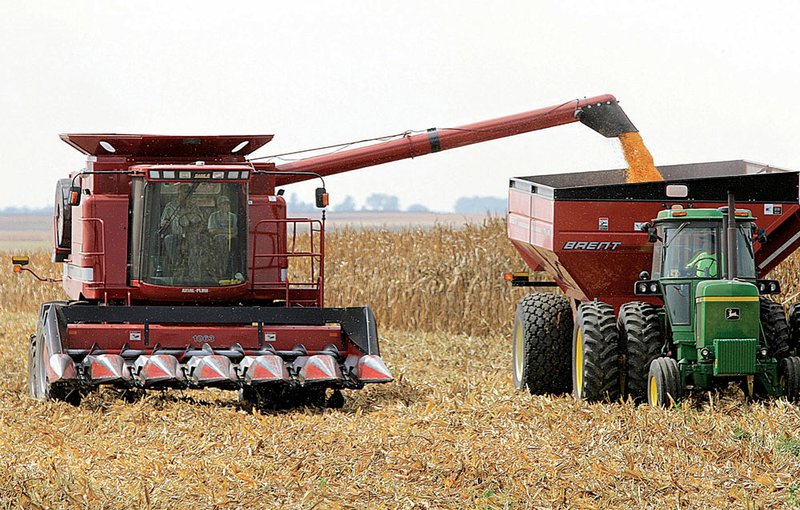A week-long bump in corn prices was enough to remind analysts and poultry processors of the volatile nature of the commodities market and the influence it can have on the poultry industry.
On Sept. 17 corn prices closed on the Chicago Board of Trade at $5.15 in a market that had not recorded an amount greater than $4.50 per bushel since early 2009.
By Thursday the price had dropped below $5 but the price surge had analysts reevaluating earnings expectations for meat processors.
Analyst Tim Ramey of D.A. Davidson & Co. said Tuesday that corn’s volatile price adds a slightly higher cost structure to the poultry industry’s overhead.
The cost is usually passed along to the retail customer, he said.
The poultry industry limped through 2008, a year that saw corn prices reach $7.50 a bushel and chicken prices bottom out due to high production and inventories. The leading U.S. provider, Pilgrim’s Pride Corp., filed for Chapter 11 bankruptcy and was ultimately bought in 2009 by Brazilian beef and pork processing giant JBS SA.
According to Tyson Foods’ 2009 annual report, corn and soybean meal represented roughly 45 percent of its cost of producing a chicken in 2009.
Tyson provides feed to its contract poultry growers. In its other meat segments, beef and pork, Tyson buys the animals on various markets or through other procurement methods.
In the report, the company noted fiscal 2009 benefited from more stable grain prices. Operating margins in the first half of fiscal 2009 were a negative 7.2 percent, while the second half improved to positive 3.5 percent. Analysts did not change their ratings of Springdale-based Tyson Foods Inc. when corn prices spiked last week. A statement issued by the company Tuesday said that it had options to buy corn through the end of the year at about $4 per bushel.
“As always, we’re closely monitoring grain prices and continue efforts to limit our exposure to price increases,” Gary Mickelson, company spokesman, wrote in the emailed statement.
Several factors combined to drive up the cost of corn in the week that ended Sept. 17.
The U.S. Department of Agriculture released a report that showed yields were coming in lower than expected, and the harvest in the Eastern and Western corn belts and Southern plains were experiencing delays caused by heavy rains.
Russia had already put a ban on grain exports in August, saying that a severe drought had diminished harvest forecasts. The ban, enacted to control domestic prices, will remain through the end of the year.
As a result, the USDA anticipates that international demand for corn would largely be filled by the United States. Strong export sales to Japan and Mexico are helping to drive prices up, a world report stated.
In a crop bulletin released by the USDA on Sept. 14, corn production was forecast at a record 13.2 billion bushels, down 2 percent from the August forecast but up from the previous record of 13.1 billion bushels set in 2009.
Yields were expected to be 162.5 bushels per acre, down 2.5 bushels per acre from last month’s report and down 2.2 bushels from last year’s record of 164.7 bushels.
Analysts began revising their outlooks for other poultry companies to reflect anticipated costs to the bottom line.
J.P. Morgan equity analysts Ken Goldman on Tuesday lowered his rating of Sanderson Farms Inc. and his expectation of the company’s earnings because of corn prices, he said in a research note to investors. He said the spike in corn prices made a “constructive outlook” for the fiscal year more difficult to anticipate.
However, he said the overall industry should remain profitable through the end of 2011 even if corn rises above $5 a bushel and stays there for extended periods.
The USDA reported Thursday that corn prices were falling because of lower than expected export sales, a stronger dollar in worldwide trading and improved harvest progress in the Midwest. Corn was trading between$4.16 and $4.63 a bushel, higher than the $3.11 to $3.27 it traded at in the same week last year.
Tyson Foods shares closed at $15.73 on Thursday, up 25 cents or 1.61 percent, on the New York Stock Exchange. It has traded between $11.91 and $20.57 in the past year.
To contact this reporter:
Business, Pages 73 on 09/26/2010
